
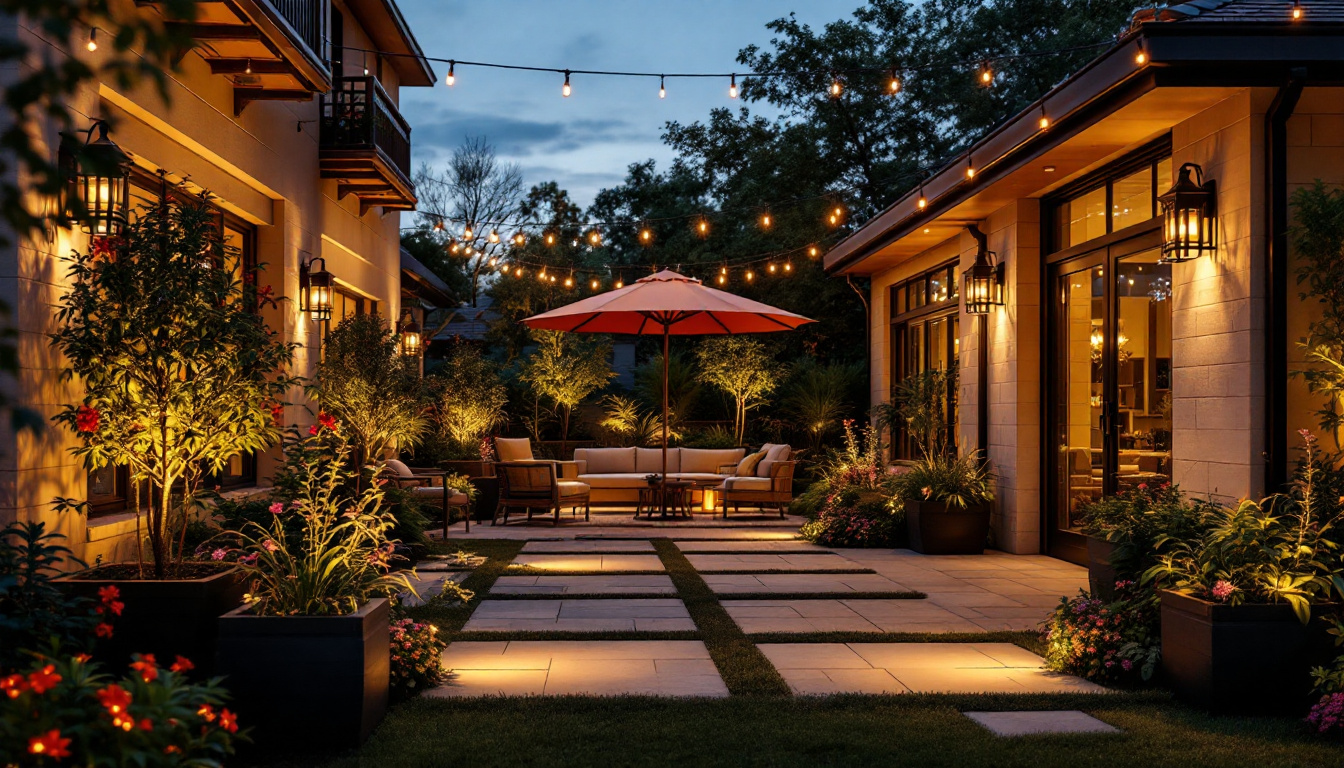
As a lighting contractor, understanding the nuances of exterior lighting is essential for delivering exceptional results. Exterior lighting not only enhances the aesthetic appeal of a property but also improves safety and security. This article delves into key aspects of exterior lighting that every lighting contractor should be well-versed in, from design considerations to installation techniques and maintenance practices.
Exterior lighting plays a pivotal role in how a property is perceived after dusk. It can transform ordinary spaces into inviting environments, making them more functional and visually appealing. Moreover, effective exterior lighting can deter crime and enhance safety for residents and visitors alike.
When considering exterior lighting, it’s crucial to recognize its multifaceted benefits. From highlighting architectural features to illuminating pathways, the right lighting can create a welcoming atmosphere while ensuring visibility and security. Additionally, exterior lighting can extend the usability of outdoor spaces, allowing homeowners to enjoy their patios, decks, and gardens long after the sun has set. This added functionality can be particularly valuable for those who entertain frequently or simply wish to enjoy their outdoor surroundings in the evening hours.
One of the primary functions of exterior lighting is to enhance safety. Well-lit pathways, driveways, and entrances reduce the risk of accidents and falls. Additionally, strategically placed lights can deter potential intruders, making properties less appealing targets for theft or vandalism. The presence of light can create a sense of vigilance, as well-lit areas are often perceived as being monitored, which can discourage unwanted activity.
For contractors, it’s important to recommend lighting solutions that not only illuminate but also enhance visibility. Motion-sensor lights, for example, can provide an extra layer of security while conserving energy when not in use. Furthermore, integrating smart lighting systems can allow homeowners to control their exterior lights remotely, adding convenience and peace of mind. This technology can also enable customizable settings, such as scheduling lights to turn on at dusk or adjusting brightness levels based on the time of year.
Beyond safety, exterior lighting is an art form. It can accentuate the architectural features of a home, create focal points in gardens, and set the mood for outdoor gatherings. Contractors should be adept at selecting fixtures that complement the style of the property while providing adequate illumination. The choice of materials and finishes for light fixtures can also play a significant role in the overall aesthetic, with options ranging from sleek modern designs to rustic lanterns that evoke a sense of charm.
Incorporating different lighting techniques, such as uplighting and downlighting, can dramatically change the ambiance of outdoor spaces. By understanding how light interacts with surfaces and colors, contractors can create stunning visual effects that enhance the overall appeal of a property. For instance, uplighting can be used to highlight trees or architectural details, casting dramatic shadows that add depth and interest. Conversely, downlighting can create a soft, inviting glow, perfect for dining areas or seating spaces, encouraging relaxation and conversation. The careful layering of these techniques can transform a simple backyard into a captivating outdoor oasis, making it a true extension of the home.
Designing an effective exterior lighting plan involves several considerations. From the type of fixtures to the placement and intensity of light, each decision can significantly impact the final outcome. Here are some critical factors to keep in mind.
The selection of fixtures is fundamental to the success of an exterior lighting project. Contractors should consider the material, style, and functionality of the fixtures. For instance, fixtures made from durable materials such as stainless steel or aluminum are ideal for outdoor use due to their resistance to weather elements.
Additionally, the style of the fixtures should align with the architectural design of the property. A modern home may benefit from sleek, minimalist fixtures, while a traditional home might be better suited to classic lantern-style lights. Moreover, energy-efficient LED fixtures are becoming increasingly popular, not only for their longevity but also for their ability to produce a wide range of color temperatures, allowing homeowners to create the perfect ambiance for their outdoor spaces.
Proper placement and spacing of lights are crucial for achieving the desired effect. Lights should be positioned to avoid glare while ensuring adequate coverage of the area. For pathways, lights should be spaced evenly to provide consistent illumination, while accent lights should be strategically placed to highlight specific features. This can include illuminating trees, sculptures, or architectural details that contribute to the overall aesthetic of the property.
Contractors should also consider the height at which fixtures are installed. For example, uplights can create dramatic effects when placed at ground level, while downlights can provide a more subtle glow from above. Additionally, using a layered lighting approach—combining ambient, task, and accent lighting—can enhance the functionality and beauty of outdoor spaces, allowing for both safety and visual interest during the night.
Incorporating lighting controls and automation can greatly enhance the functionality of exterior lighting systems. Timers and smart controls allow homeowners to schedule lighting based on their preferences, ensuring that areas are well-lit when needed and conserving energy when not in use. This flexibility not only improves convenience but also contributes to energy efficiency, which is increasingly important in today’s environmentally conscious society.
As a contractor, recommending advanced control systems can set you apart from the competition. Homeowners are increasingly looking for smart home integration, and being knowledgeable about these options can enhance your service offerings. Furthermore, integrating motion sensors can provide an added layer of security, automatically illuminating pathways and entry points when movement is detected, thus enhancing both safety and peace of mind for homeowners. This combination of convenience, efficiency, and security makes modern exterior lighting systems an attractive investment for any property owner.
Once the design is finalized, the next step is installation. Proper installation techniques are essential to ensure the longevity and effectiveness of the lighting system. Here are some best practices for contractors to follow.
When installing exterior lighting, it’s vital to ensure that the wiring is appropriately rated for outdoor use. Using weather-resistant materials can prevent issues related to moisture and temperature fluctuations. Additionally, contractors should be familiar with local electrical codes and regulations to ensure compliance.
For larger installations, it may be necessary to calculate the power requirements to avoid overloading circuits. This step is crucial for ensuring that the lighting system operates efficiently and safely. Utilizing low-voltage lighting systems can also be beneficial, as they often require less energy and can be easier to install, reducing the risk of electrical hazards.
After installation, testing the lighting system is essential. This process allows contractors to make necessary adjustments to ensure that the lights are functioning as intended. It’s important to check for any dark spots or areas that may require additional lighting.
Encouraging clients to evaluate the lighting at different times of the day can also provide valuable feedback. Adjustments can be made based on their preferences, ensuring complete satisfaction with the final result. Furthermore, it’s beneficial to educate clients on the importance of regular maintenance, such as cleaning fixtures and checking for any wear and tear, to prolong the lifespan of their exterior lighting system.
In addition to functionality, aesthetics play a crucial role in exterior lighting. Contractors should consider the color temperature of the bulbs used, as warmer tones can create a cozy atmosphere while cooler tones may lend a more modern feel. By discussing these options with clients, contractors can help them achieve the desired ambiance that complements their outdoor space, making it not only functional but also visually appealing.
Regular maintenance of exterior lighting systems is crucial for their longevity and effectiveness. As a lighting contractor, educating clients about maintenance practices can enhance their experience and satisfaction with your services.
Encourage clients to conduct routine inspections of their exterior lighting systems. This includes checking for burnt-out bulbs, damaged fixtures, and any signs of wear and tear. Early detection of issues can prevent more significant problems down the line.
Additionally, it’s beneficial to remind clients to clean fixtures regularly. Dust, dirt, and debris can accumulate over time, diminishing the quality of light output. Simple cleaning can significantly enhance the performance of exterior lighting.
Seasonal changes can impact exterior lighting systems. For instance, in areas that experience harsh winters, snow and ice can affect the functionality of lights. Contractors should advise clients on how to prepare their lighting systems for seasonal weather changes, including the importance of clearing snow from fixtures and ensuring that wiring is protected.
Moreover, as seasons change, so do the needs for outdoor lighting. Clients may want to adjust their lighting for different occasions, such as holiday decorations or outdoor gatherings. Being proactive in discussing these changes can foster a strong client relationship.
Exterior lighting is a critical aspect of any property that enhances safety, security, and aesthetic appeal. As a lighting contractor, having a thorough understanding of design considerations, installation techniques, and maintenance practices is essential for delivering high-quality results. By staying informed about the latest trends and technologies in exterior lighting, contractors can provide exceptional service and meet the evolving needs of their clients.
Ultimately, the goal is to create outdoor spaces that are not only functional but also inviting and beautiful. By mastering the intricacies of exterior lighting, contractors can elevate their projects and leave a lasting impression on their clients.
Ready to take your exterior lighting projects to the next level? Choose LumenWholesale for your lighting needs and experience the difference quality and value can make. Our spec-grade lighting products are designed to meet the highest industry standards, ensuring that your installations stand out for their reliability and performance. With unbeatable wholesale prices and the convenience of free shipping on bulk orders, you can provide your clients with premium lighting solutions that are both cost-effective and exceptional in quality. Elevate your exterior lighting projects today by visiting Wholesale Lighting at the Best Value and discover the perfect blend of quality, affordability, and convenience at LumenWholesale.
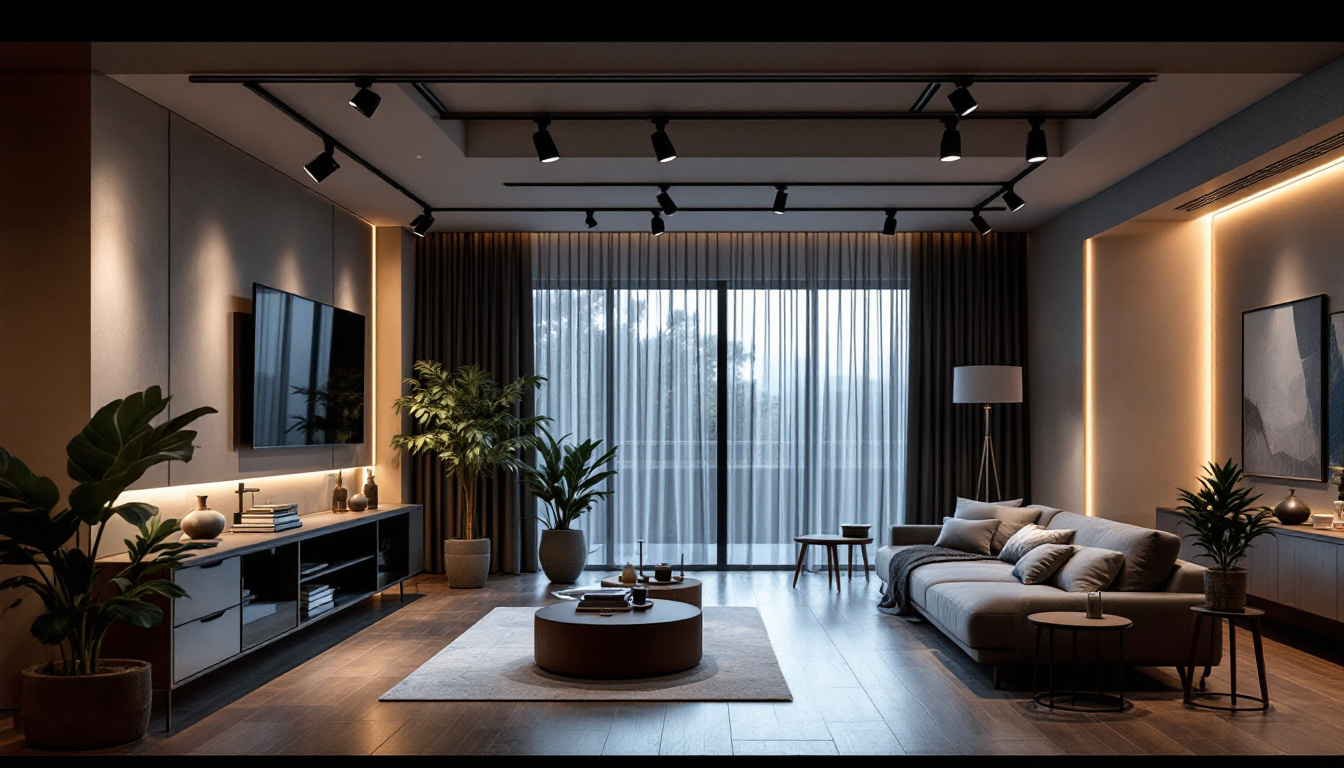
Discover essential insights and expert tips on track lighting in this comprehensive guide tailored for lighting contractors.
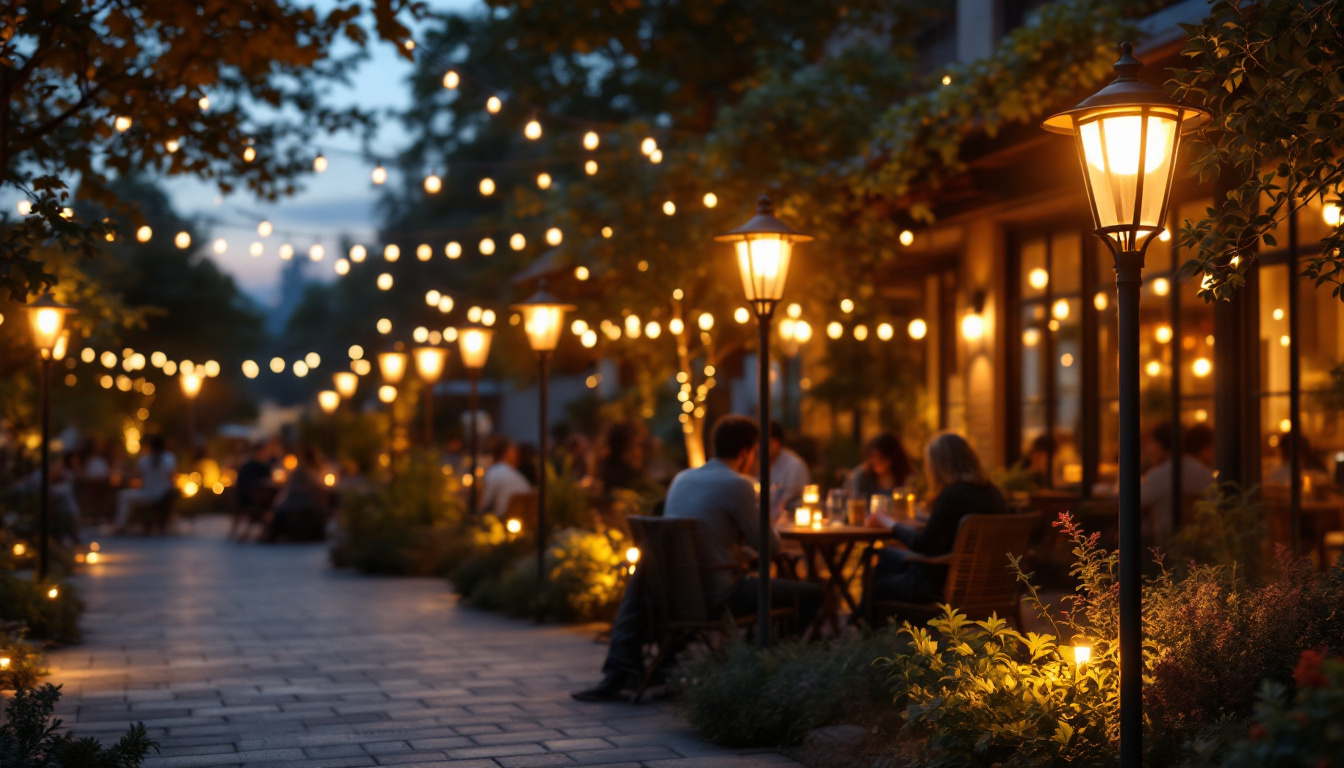
Discover essential insights for lighting contractors on selecting and installing post lights outdoors.
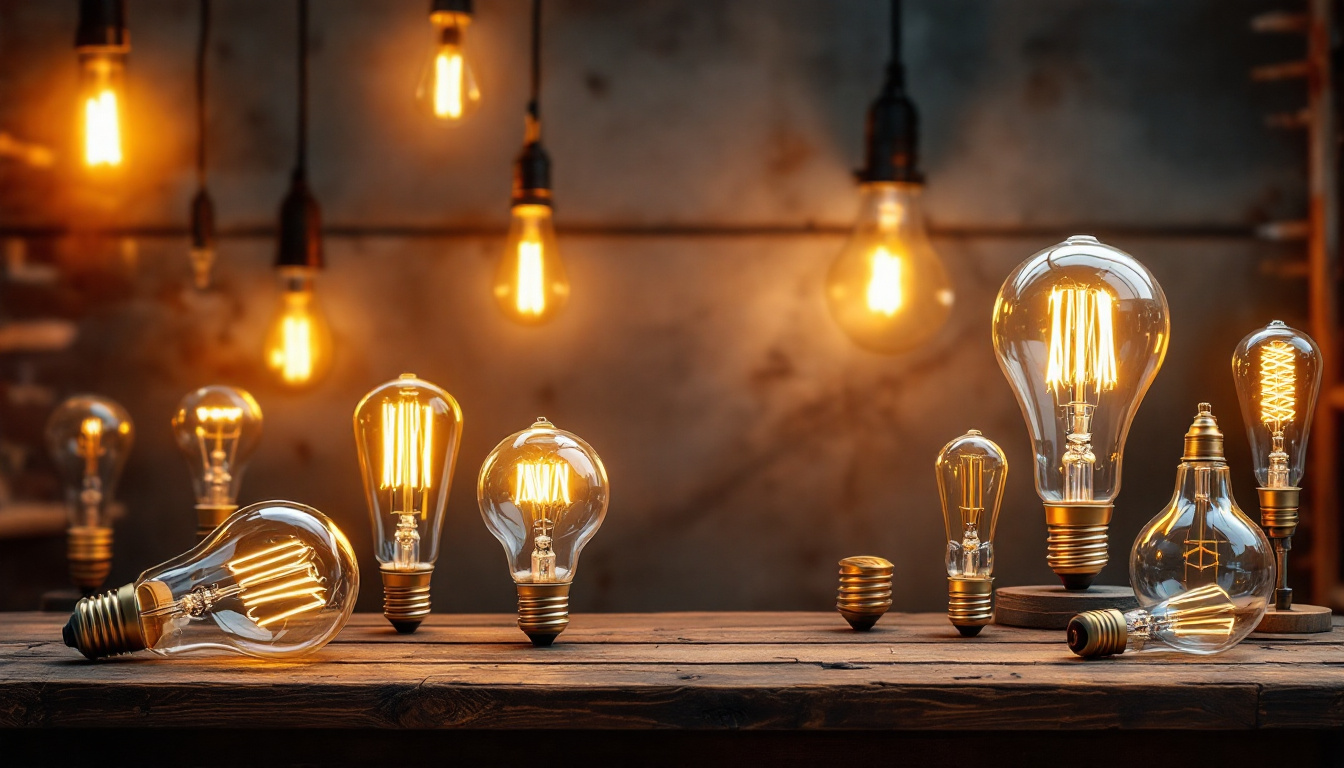
Discover the charm and efficiency of vintage LED bulbs in this insightful guide tailored for lighting contractors.
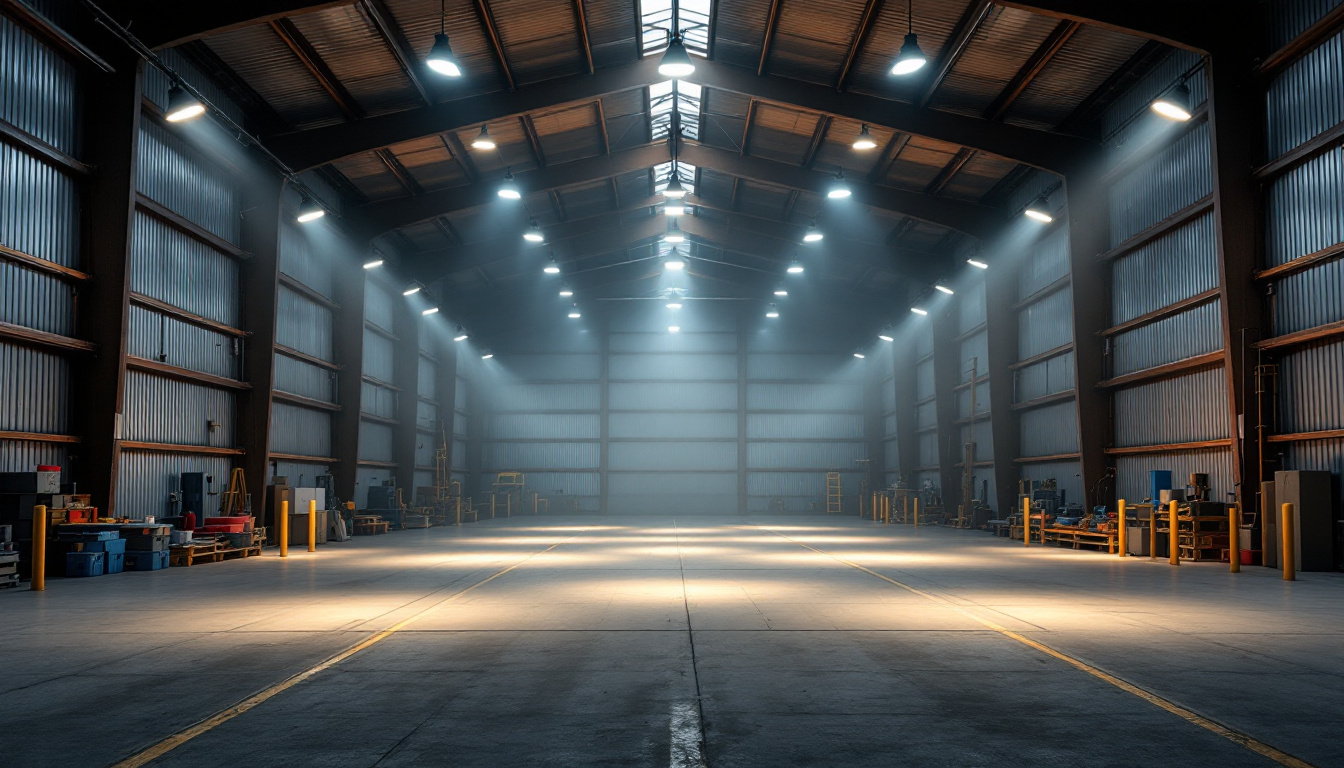
Discover how a Pole Barn Lighting Calculator can revolutionize your lighting installations by enhancing safety and efficiency.
Get notified when NEW deals are released.
Optimize your budget with wholesale discounts.
Only top-quality, specification-grade lighting products.
No additional costs at checkout - what you see is what you pay.
We understand the unique needs of contractors.